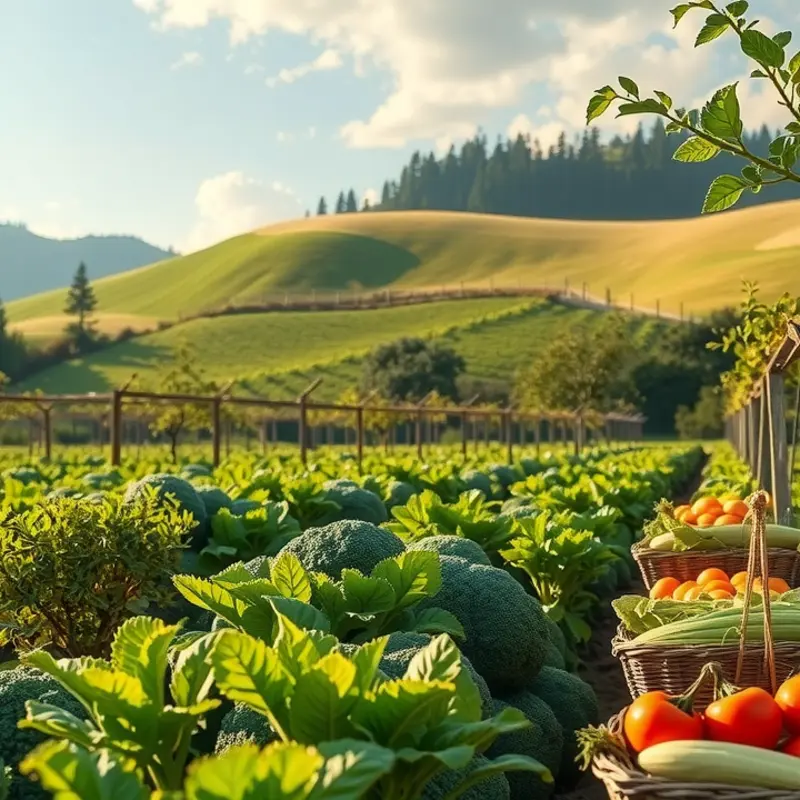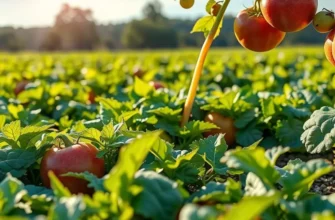Freezing meals is a fantastic way to ensure nutritious food is readily available while also minimizing waste. Knowing how to freeze effectively can save time and money, and make cooking simpler. By implementing practical techniques, you can extend the shelf life of your meals and enjoy homemade dishes with ease. Let’s dive into essential strategies that will help you freeze and store your culinary creations safely and efficiently.
Preparation: Setting Up for Success

Beginning your meal freezing journey requires thoughtful preparation. To maintain the flavor and texture of your meals, start by selecting ingredients that freeze well. Not all foods are created equal when it comes to the freezer. Think about vegetables like carrots, bell peppers, and spinach that retain their nutritional value and texture. For proteins, chicken, beef, and most seafood freeze well if wrapped properly. Keep in mind that some ingredients, such as high-water content vegetables and cream-based sauces, might lose their quality when thawed.
Once you’ve chosen your ingredients, focus on cooking efficiently. Batch cooking is a smart strategy for preparing meals for freezing. By preparing large quantities, you save time and energy. As you cook, ensure your meals are cooled quickly to prevent bacterial growth before they hit the freezer. Spread out freshly cooked items on baking sheets to cool rapidly.
Packaging your meals effectively is crucial. Use airtight containers or freezer-safe bags to maintain freshness and prevent freezer burn. When using bags, remove excess air before sealing. For an environmentally friendly approach, reusable freezer-safe silicone bags are an excellent option.
Labeling is a small but significant step. Proper labels help you track what meals you have and when they were prepared. Use a waterproof marker to note the name of the dish, the cooking date, and expiration date. Generally, cooked meals can be stored for three to six months, but it may vary depending on the dish. Knowing what’s inside each package without opening it prevents unnecessary defrosting and refreezing, which can degrade quality.
In the world of freezing, organization is your best ally. Arrange meals in stacks or rows by the expiration date in your freezer. This simple practice can save time when searching for a specific meal, reducing the tendency toward waste by keeping you aware of what needs to be consumed first.
For those interested in reducing kitchen waste and enhancing food storage safety, explore more low-waste cooking prep strategies here. Incorporating these practices ensures your freezing efforts contribute positively to both your taste buds and the planet.
With these steps in place, you’re well on your way to mastering the art of meal freezing, ensuring meals that are as delicious when thawed as they were fresh from the stove.
Practical Freezing Techniques

Freezing meals effectively involves understanding and mastering specific techniques. One of the most important methods is flash freezing. This technique involves first freezing individual pieces of food separately before packaging them together. For example, spread berries or individually cut chicken pieces on a tray, ensuring they don’t touch. Once they’re solidified, you can place them in a larger container. This prevents clumps of frozen mass and allows for easier portioning later.
Using freezer bags is another popular option. Their flexibility and space-saving nature make them ideal for storing a wide variety of meals. However, one crucial step is removing as much air as possible before sealing. Air leads to freezer burn, a condition that affects taste and texture. Consider the water-displacement method: submerge the filled, but not fully sealed, bag in water. The pressure forces air out, and you can then seal the bag completely.
Container selection is critical to freezing success. Choose airtight containers for soups and stews, but always leave some space at the top. Liquids expand as they freeze, and additional space prevents containers from cracking.
Preparation is key when cooking meals intended for freezing. Portioning meals into individual servings not only aids in convenience when reheating but also helps in managing portion control, helping to cut down on food waste. Dishes that freeze well often share some common traits: casseroles, stews, and bakes with a thick consistency and fewer delicate components like leafy greens. These hold up well during freezing and thawing. Adjust seasonings slightly; some herbs become more potent when frozen, while others may lose their punch.
When it’s time to thaw and reheat, do so gently. Shift frozen items to the refrigerator a day before you plan to use them, ensuring even thawing and reducing the risk of bacterial growth. For meals stored in freezer bags, consider thawing in a bowl of cold water to speed up the process while maintaining food safety. For reheating, use low heat, adding a bit of liquid to prevent drying out. Soups and stews often benefit from reheating on the stove top, where you can control the temperature more precisely.
Efficient meal freezing connects with a broader effort to minimize food waste and enhance kitchen efficiency. For further insights on innovative storage, consider exploring eco-smart kitchen storage options that align with these practical techniques. Master these strategies, and you’ll find freezing can be a reliable and invaluable tool in your culinary arsenal.
Final words
Freezing meals is not just about convenience; it’s about maximizing freshness and minimizing waste. By implementing effective strategies during the preparation and freezing process, you can ensure that your food remains delicious and nutritious. Remember to label everything clearly and keep track of what you have stored. Embrace the simplicity and efficiency of meal freezing, and make it a regular practice in your kitchen for a smoother cooking experience. With these best practices, you’ll find that meal prep and food management become a breeze.







